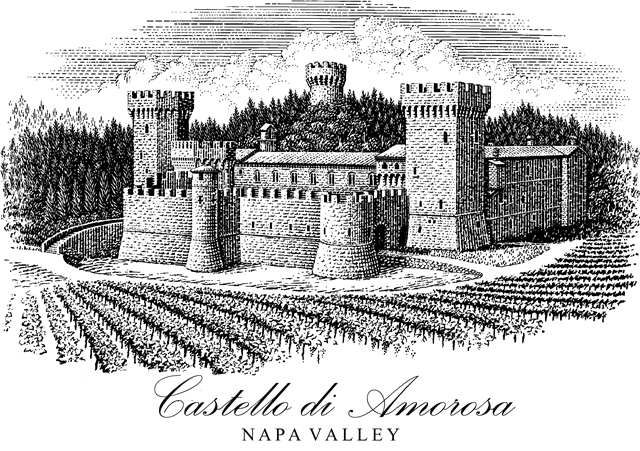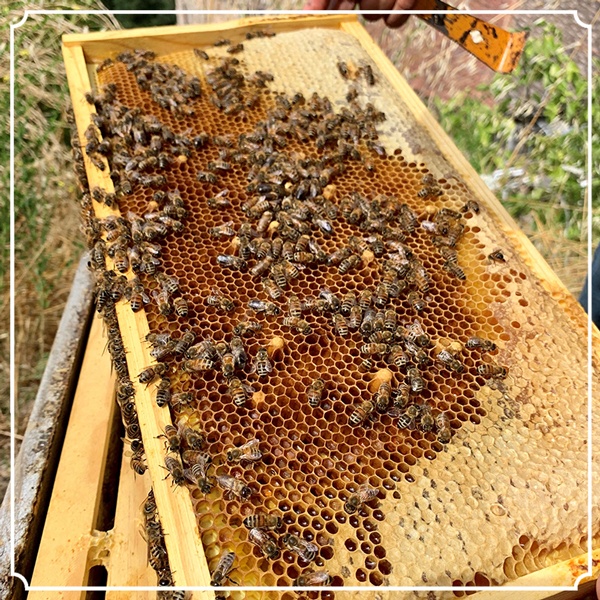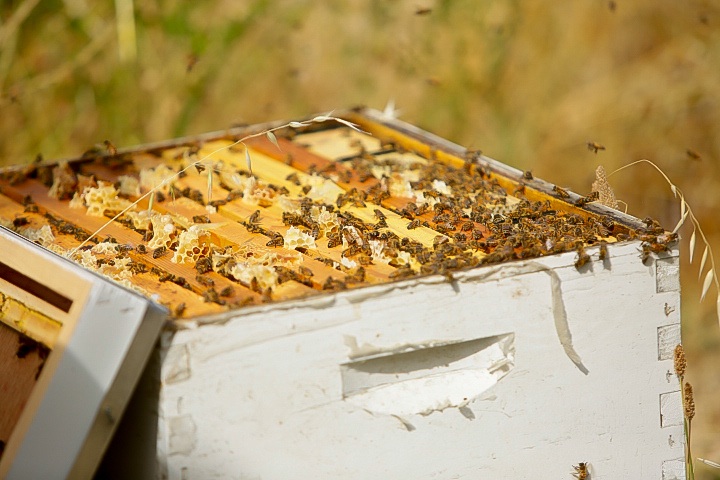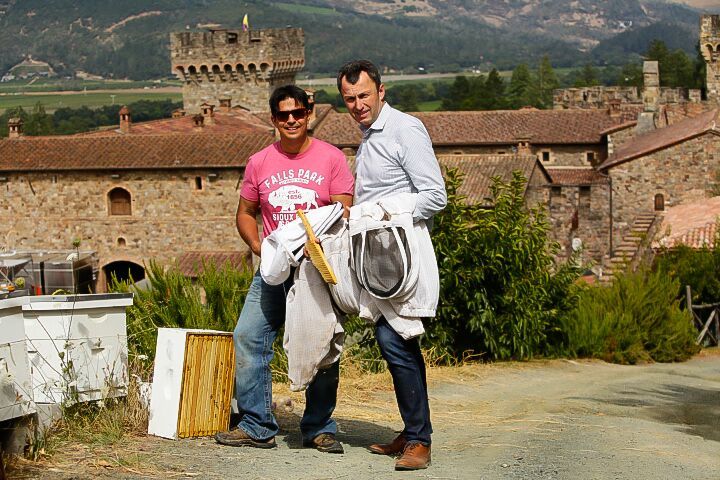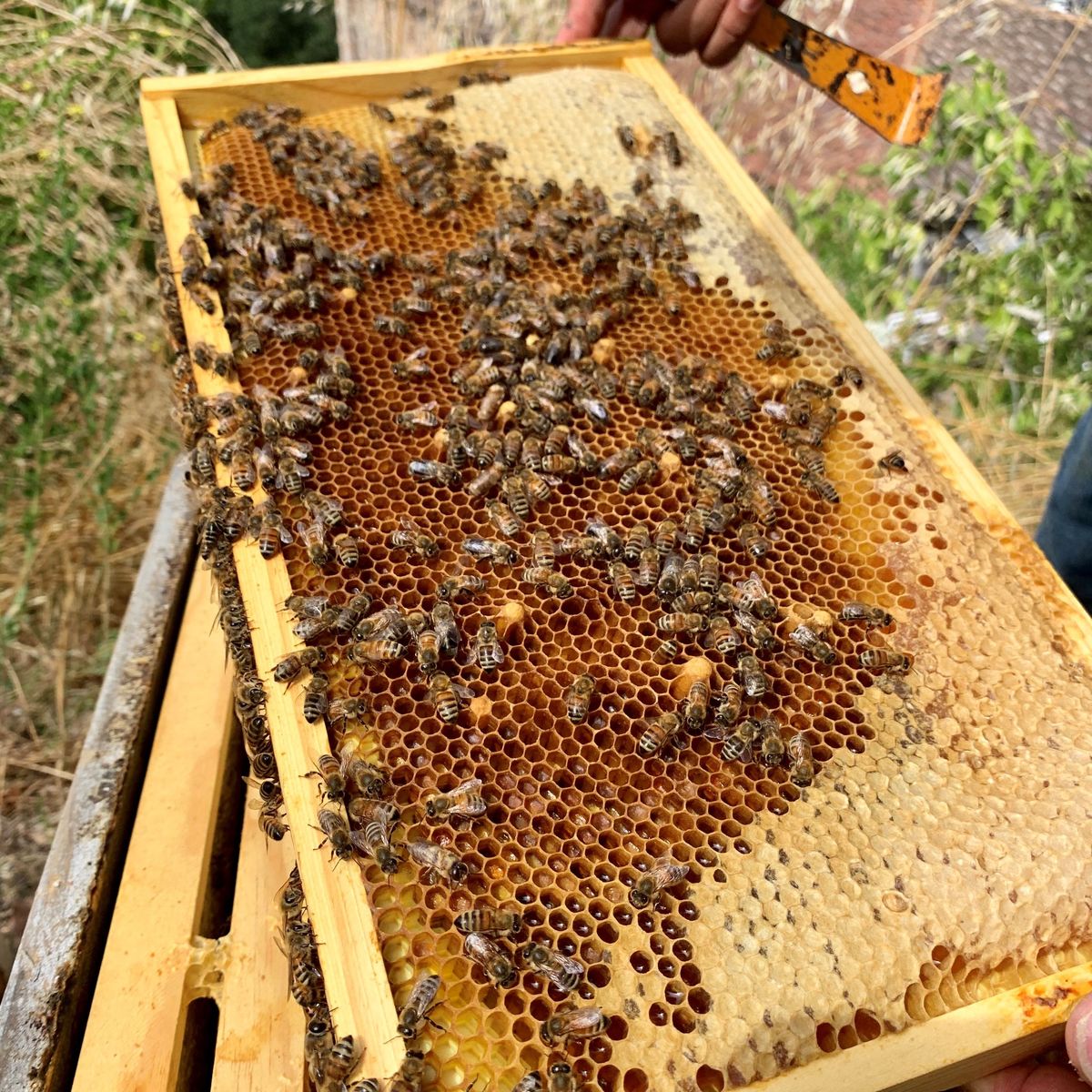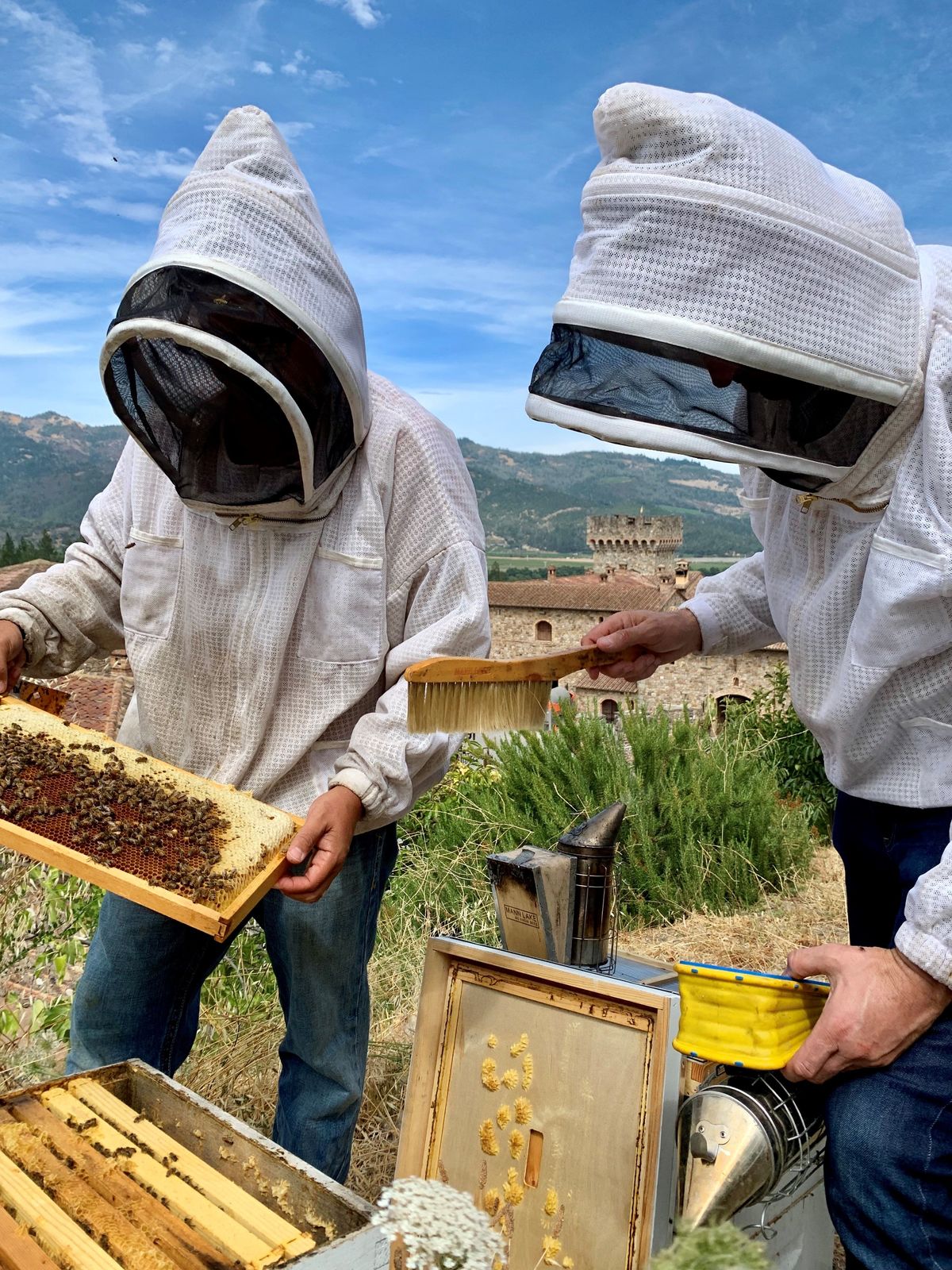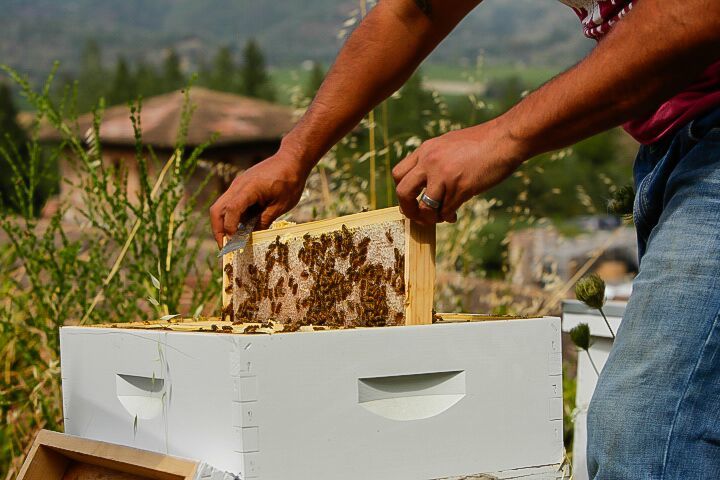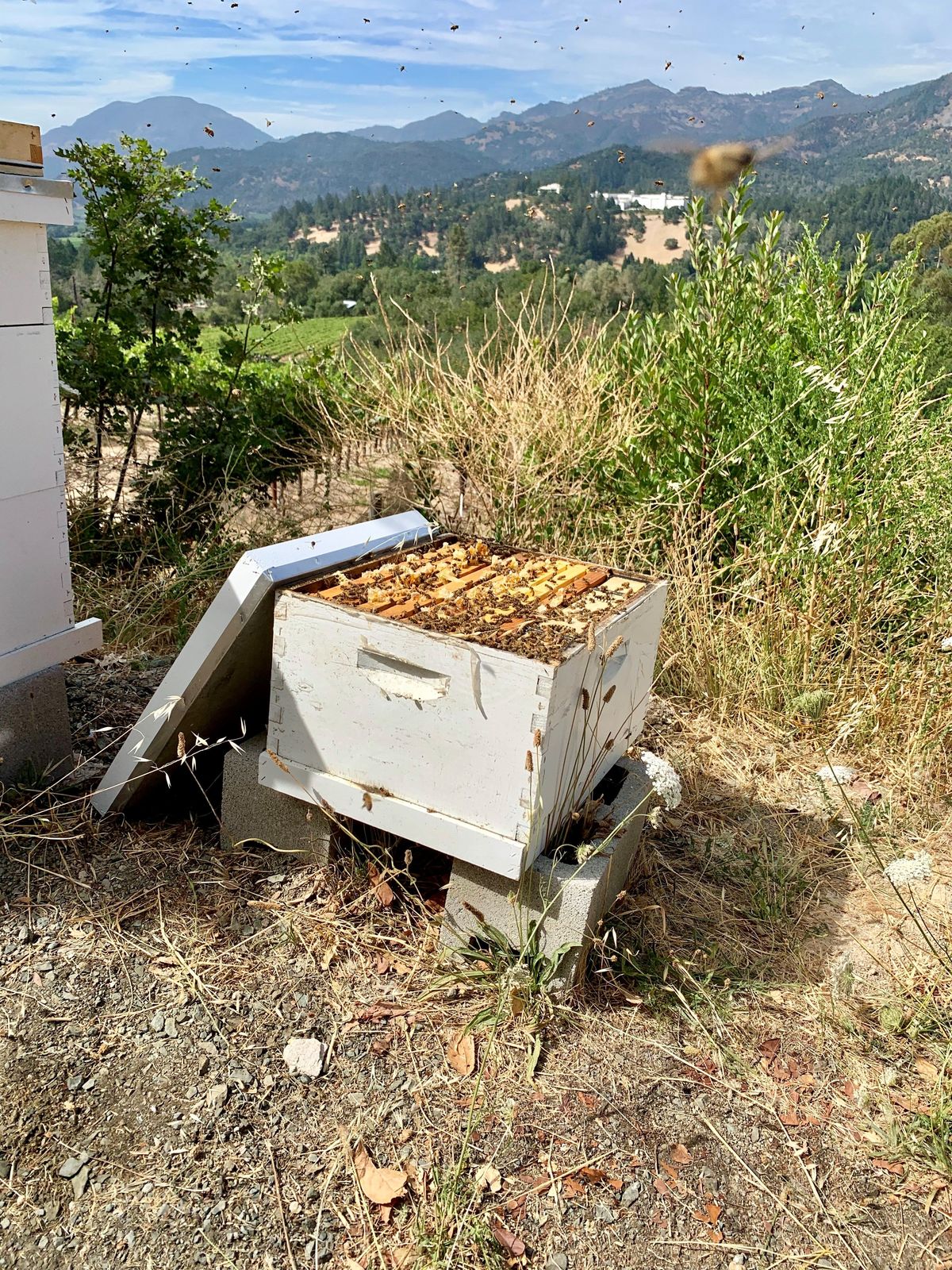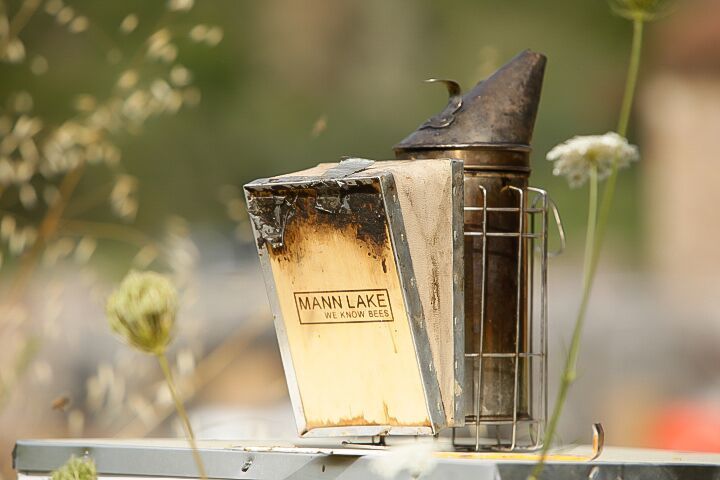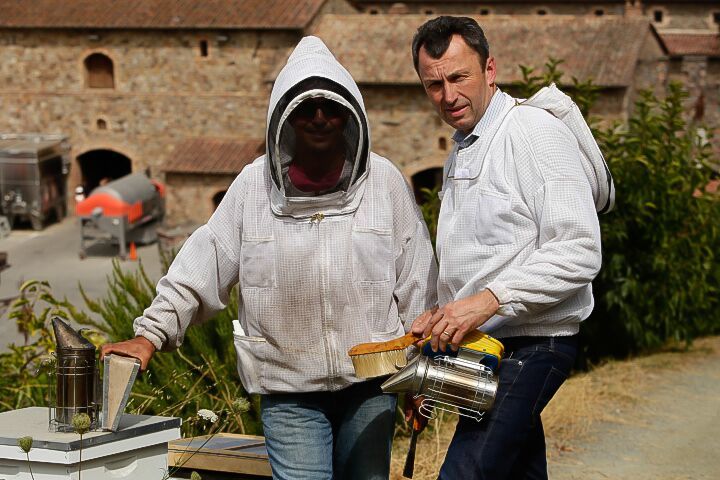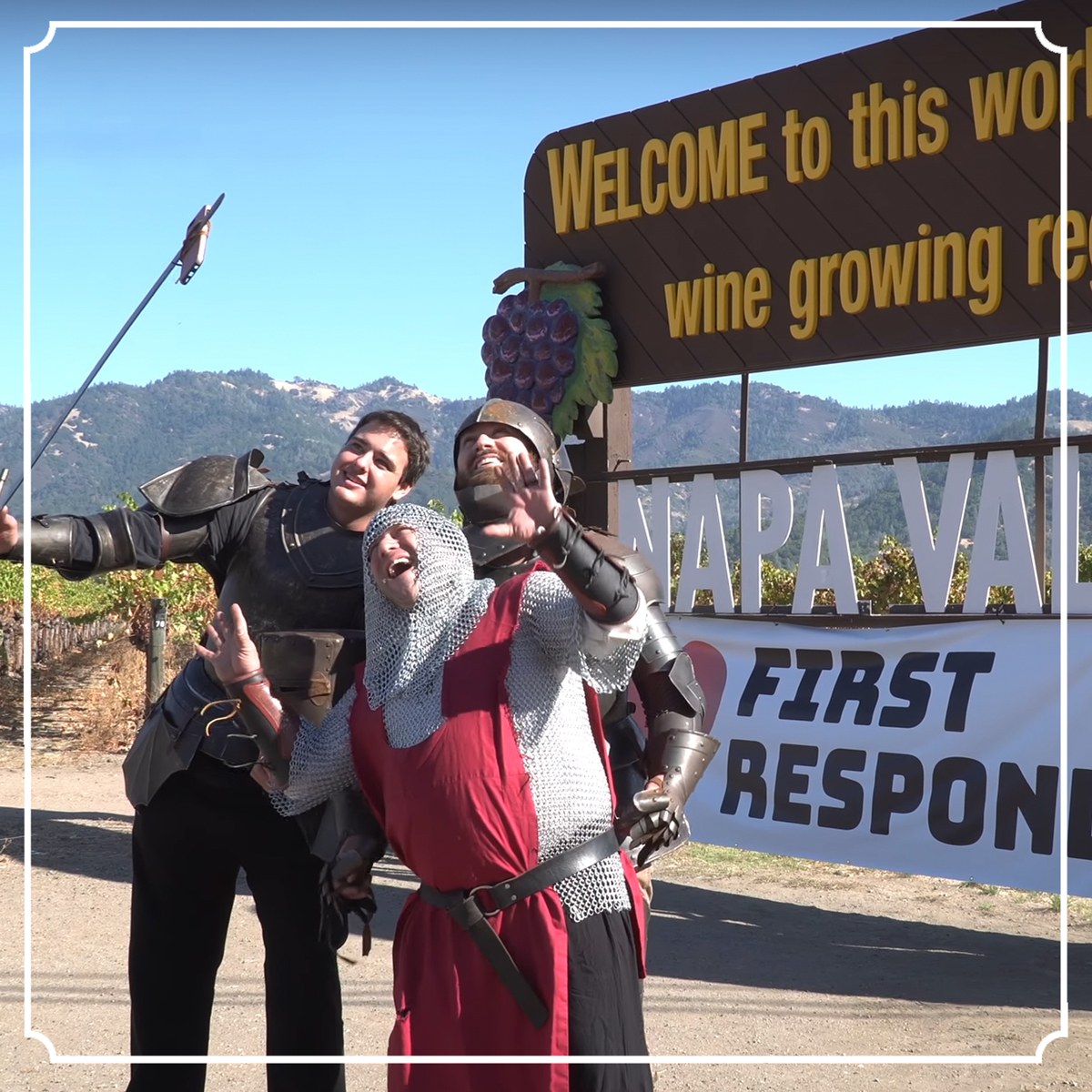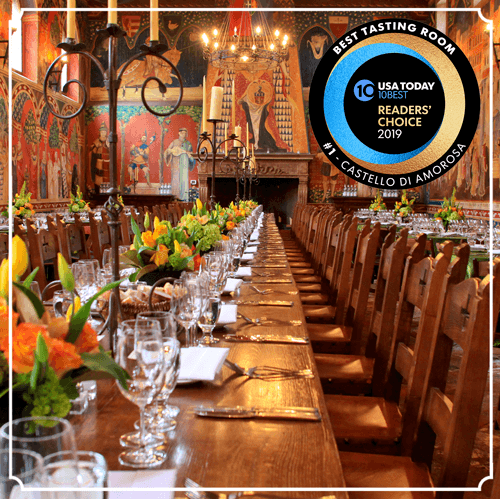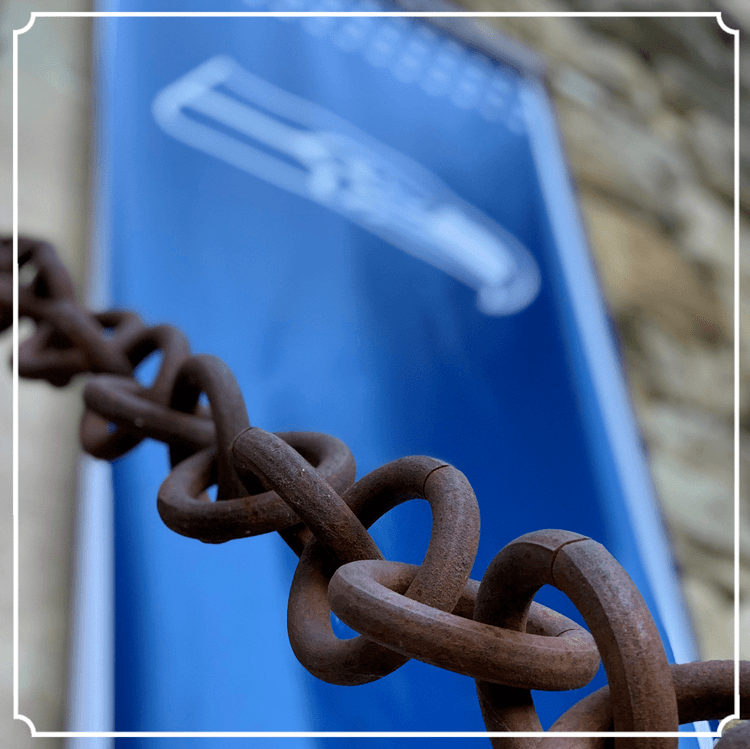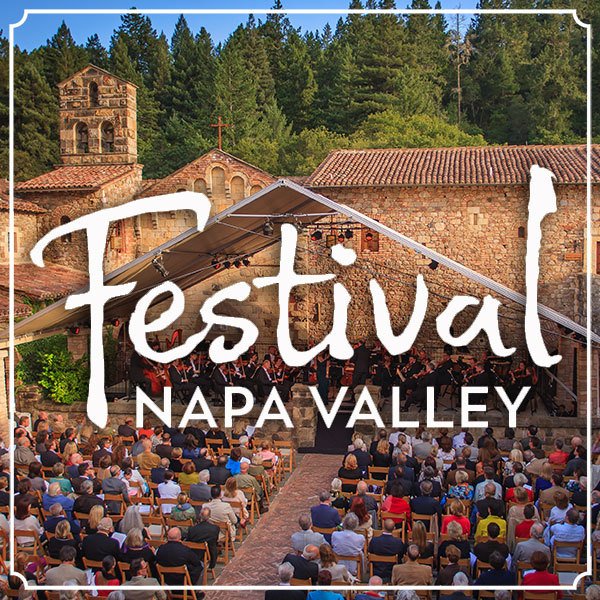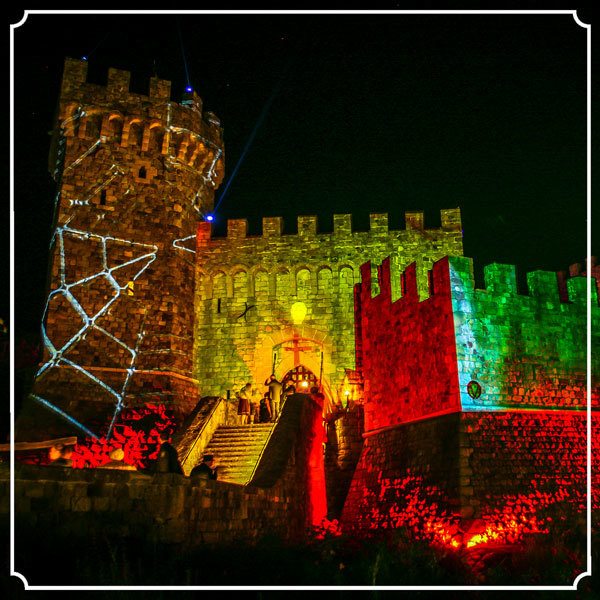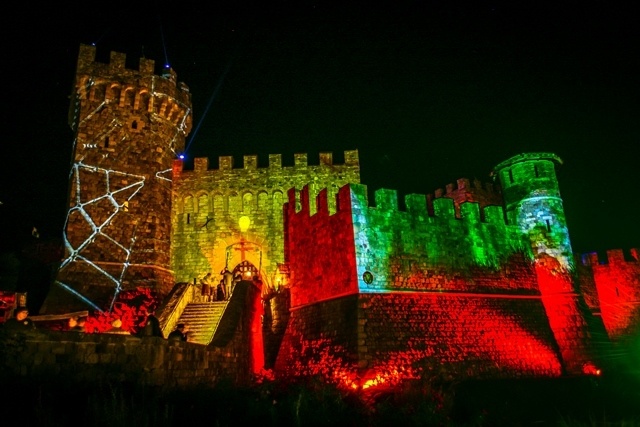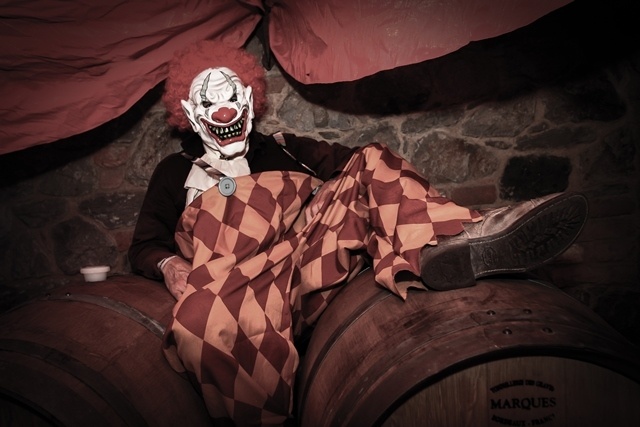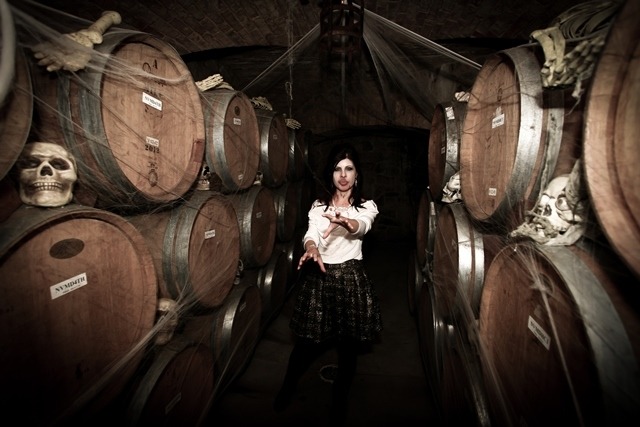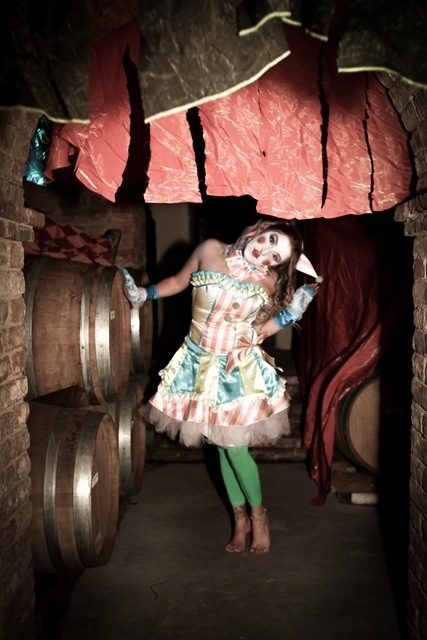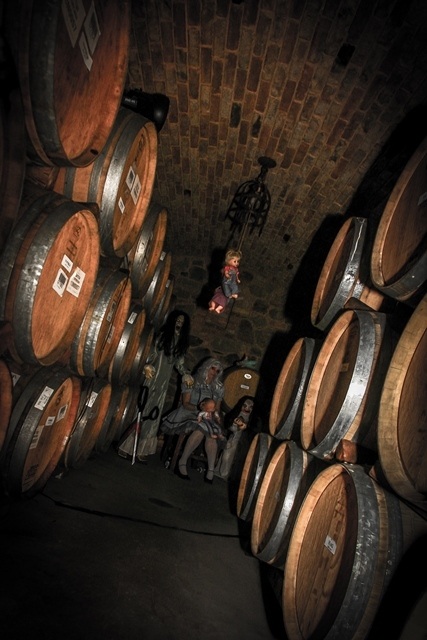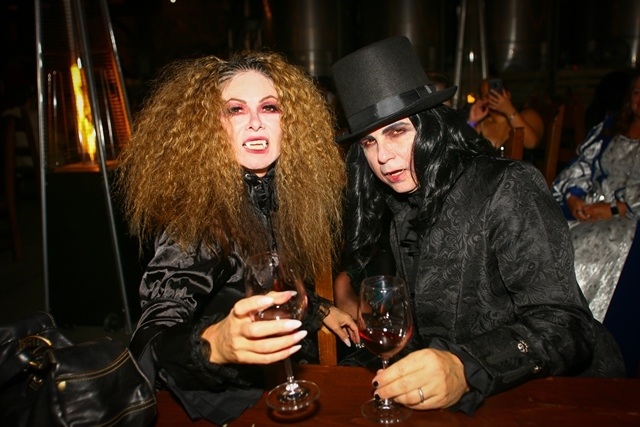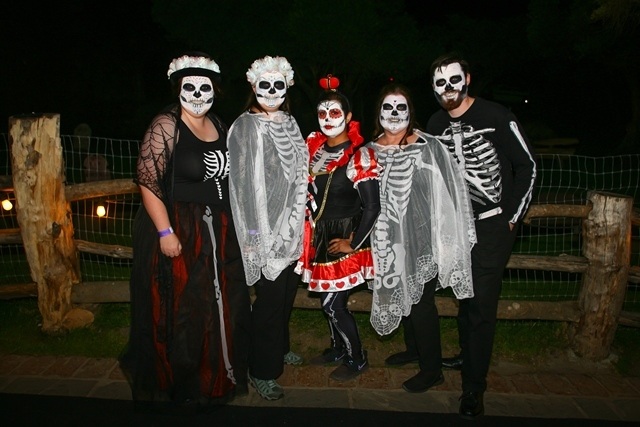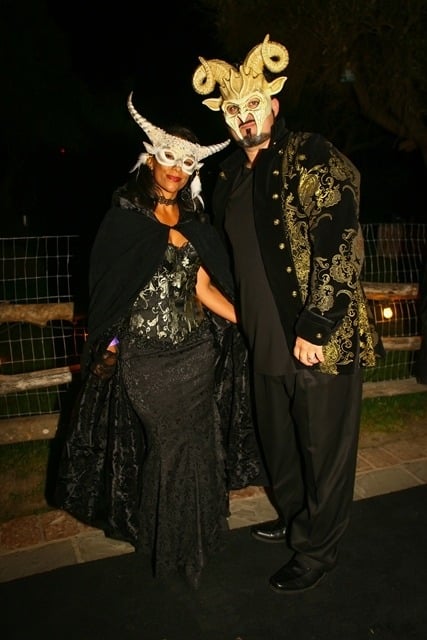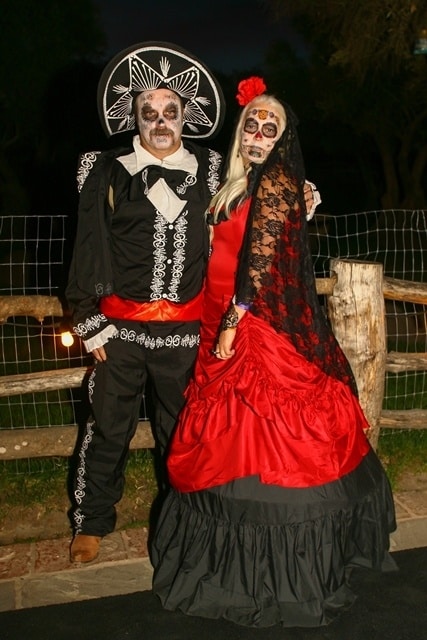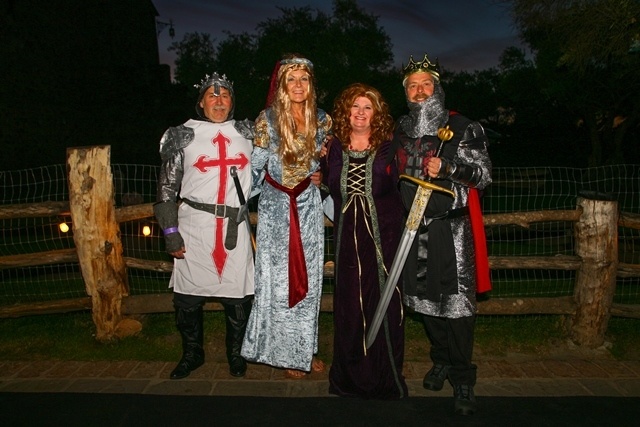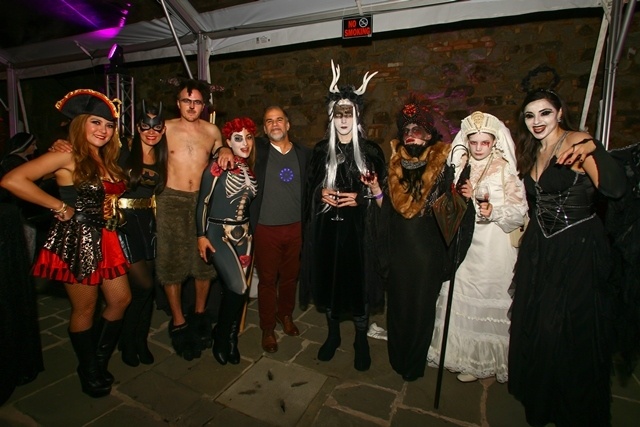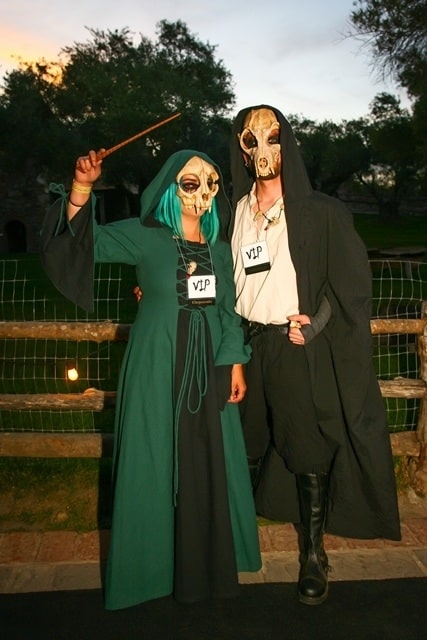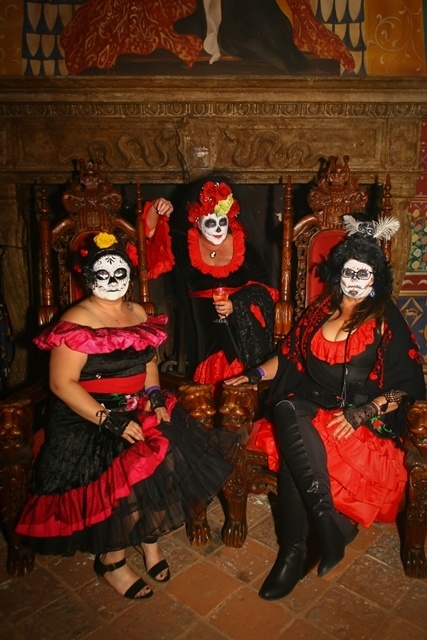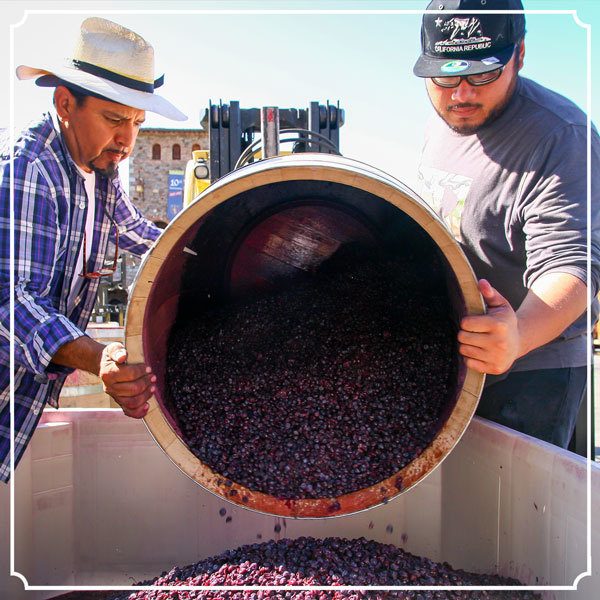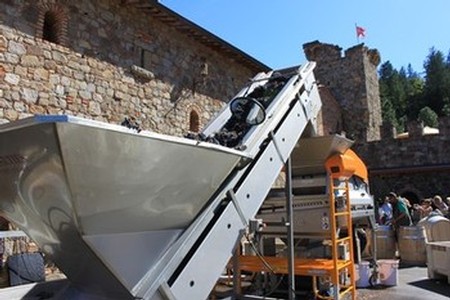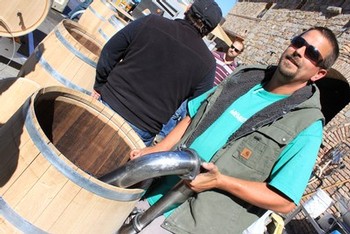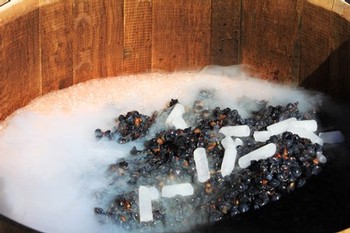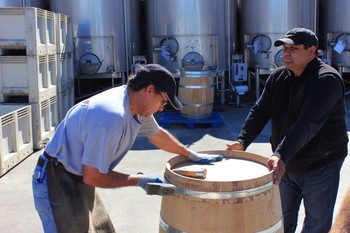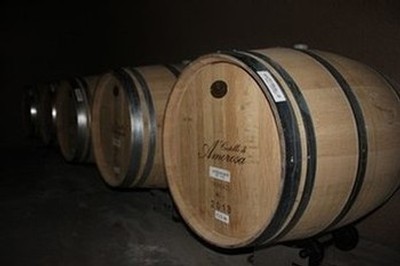River Otters In Wine Country

Carla Venezia
River Otters in Napa Valley, California

When Dario’s great-grandfather, Vittorio, was growing grapes and making wine from fruit sourced around St. Helena in the early 1900s, river otters were a thriving native species in the nearby Napa River and its numerous tributaries. But by 1977, Napa County was omitted from the California Dept of Fish and Game’s list of counties with river otters.
The river otters’ gradual disappearance from the Bay Area was attributed to hunting, trapping, and industrial water pollution and land development leading to reduced wetland habitats. The devastation of the river otter population was so complete that by 1995, the California Dept of Fish and Game showed virtually no river otters living anywhere in the several counties that make up the San Francisco Bay Area.
With the 1972 passage of the Clean Water Act plus proactive management of watersheds, restoration of wetlands and the efforts of local conservation groups, river otters have made a slow but (miraculously) steady comeback and we couldn’t be happier about it!
Dario first became aware of our local river otters a few years ago when he started spotting them in the Napa River near Calistoga. Ever since, he’s made it his mission to ensure Castello di Amorosa is doing everything possible to support our local river otters–this he does in several ways:
With sustainable agricultural practices, our winery and vineyards are Napa Green-certified, meaning we meet all regulatory components necessary for environmental sustainability, including water conservation and water efficiency. The Castello recycles and purifies its water, so the only runoff is clean (or rain!). The Castello staff further contributes by ensuring the Castello’s very own Lake Mario and Nash Creek–which lead directly to the Napa River–are ecologically sound and full of happy, healthy fish!
Dario is looking forward to working with Megan Isadore, co-founder and Executive Director of The River Otter Ecology Project—a Bay Area river otter conservation group dedicated to encouraging continued re-population of river otters. The ROEP has “otter awareness” programs for children, field internship programs for teens, and volunteer opportunities for adults in the field and lab. ROEP assesses habitats and conducts field studies, among which include analyzing “scat” (to study the otter’s diet!). The ROEP maintains numerous “otter cams” alongside rivers and creeks which further contribute valuable data.
If you happen to see a river otter anywhere in the Bay Area, be sure to let ROEP know about it–even better if you can provide a photo. And don’t forget to tell Megan that Dario sent you!
For more on otters please visit here.

Honey Harvest at The Castle

Carla Venezia
Honey Harvest: Helping the Bee Population
Dario and Georg are always looking for ways to increase the Castello’s sustainability and self-sufficiency while making positive contributions to the environment. Using reclaimed water in our vineyards, creating compost from scraps and recycling every last piece of trash are just a few ways we practice sustainable agriculture while reducing our overall carbon footprint.
Two years ago Georg and Dario decided to look into raising bees. With environmental stresses resulting in dwindling bee populations worldwide, they felt it was doubly important for us to do whatever possible to help sustain the local bee population.
They met with professional beekeepers Shadow and Rana—owners of The Queens Apiary, a local beekeeping service here in the Napa Valley—who agreed to help us raise our own bees here at the Castello!
Shadow and Rana developed their passion for beekeeping while researching treatment for their son’s severe allergies to local pollens. Providing local honey to their son was so effective in reducing his allergies that soon beekeeping became their life! Now their passion is one of our passions, too!
Although bees don’t pollinate the grape vines (and aren’t needed for that as the vines are somewhat self-pollinating), they’re nonetheless an important part of maintaining healthy vineyards, local vegetation and nutrient-rich soil while contributing to our grapes and boosting the local bee population.
In the vineyards, the presence of bees attracts beneficial insects which help to keep vineyard pests at bay. Lady bugs and similar insects act as natural pesticides against the destructive insects, eliminating the need for dangerous chemicals! What could be better?!
Our bees pollinate the herbs and vegetables as well as our numerous fruit trees—fig, peach, pear, plum and apple—growing in our Castello gardens. In addition, the bees help us to maintain our lush grasses; they pollinate the myriad of wildflowers and berries which grow in abundance in the land surrounding the vineyards, returning rich nutrients to the soil and ultimately, to our vines and grapes.
After harvest, the bees “celebrate” with us by feasting on any grapes and juice remaining in the vineyards (which also contributes to their flavorful honey!), their reward for doing so much for us throughout the year!
The honey produced by our bees is considered to be a “hyper local” estate “wildflower” honey, since the bees collect pollen from within 2-3 miles of the Castello where so many beautiful wildflowers grow, year-round. Our honey has a lovely golden amber hue and is extraordinarily flavorful, with notes of rosemary, lavender and blackberry. We happen to think it’s perfect and believe you will, too!
Castello di Amorosa honey will be available soon in our tasting room–be sure to look for it next time you visit the Castello!
Kincade Fire Update From Dario Sattui

Dario Sattui
Kincade Fire Update From Dario Sattui
Greetings from Castello di Amorosa,
Thank you for your concern for us during the Kincade fire north of us in Sonoma County. Our hearts go out to all who suffered loss and displacement. I am pleased to report that the fire is nearing full containment, our staff are safe and that Castello di Amorosa and our vineyards were unaffected. Except for an evacuation advisory for the city of Calistoga, the Napa Valley was largely unaffected.
We are incredibly grateful to the selfless fire fighters, first responders, and volunteers who diligently protected property and saved lives. The wine country teamwork and camaraderie were on full display both in fighting the fire and aiding the victims.
We are doing our part – Castello di Amorosa and V. Sattui Winery will each be donating $5,000 to help Sonoma County.
I’m also pleased to report that our 2019 harvest season ended on October 30th; all grapes were harvested prior to the fire. It was a bountiful harvest and we are all pleased with the quality of the fruit that was delivered to our crush pad.
What can you do to help? Come see us! Unfortunately, many of our reservations have been cancelled due to the impression Napa County is also under threat. The entire Napa Valley hospitality industry is now suffering huge loss in visitation. Wineries, hotels, restaurants, and retail stores have been impacted.
So here is the good news:
The power is ON in the Napa Valley
The skies are clear and bright blue over our vineyards
The familiar scent of “Crush” and the last days of the 2019 Harvest linger in the air
There are NO crowds = more personalized guest services + NO traffic!
To be sure, we sent out the Knights to survey the land. Watch the video below, I think you’ll be pleased with their report. Link:
I hope to see you crossing the drawbridge very soon.
Cheers!

Dario Sattui
Castello di Amorosa named Best Tasting Room in America

Bradley Aden
USA Today’s 10 Best names Castello di Amorosa “Best Tasting Room” In America
When the announcement came in at 9:00 a.m. on August 23th, the trumpeters from Calistoga High School blared and the Castello team that had gathered on the drawbridge went wild. In some respects, we had a collective feeling of, “yes, we’ve arrived.” We asked our members to vote and they responded resoundingly. And when the voting period ended, it was Castello di Amorosa, Dario Sattui’s authentically built, 14th century Tuscan castle and winery- one of Napa Valley’s landmark destinations- that received top honors in USA TODAY’s 10Best Readers’ Choice, being named “Best Tasting Room 2019” This is quite an honor to be nominated and quite humbling that we won!
“When we opened the doors almost thirteen years ago, I wondered how my castle would be received, as it was so unorthodox a concept,” remembers Dario Sattui. “Today we have a collection of superb estate vineyards and highly acclaimed wines. Just recently our Morisoli-Borges Cabernet Sauvignon received 98 points from Jeb Dunnuck and our single-vineyard Melanson Cabernet Sauvignon received 97 points from The Wine Advocate. Our wonderful guests respect and enjoy the fact that our wines are only available at the winery or can be shipped directly to your home or business.”
The wine industry experts who partnered with 10 Best editors to pick the initial 20 nominees included Jill Barth, Shana Clarke, Ziggy Eschliman, Karen MacNeil, June Rodil and Dynie Sanderson.
We hope you’ll bring your family and friends to enjoy a winetasting or winery tour in the Best Tasting Room in America.

Seattle Seahawks at the Castle

Bradley Aden
Seattle Seahawks at the Castle!
Castello di Amorosa recently had the honor of hosting the 2014 Super Bowl Champion Seattle Seahawks. The Castle was featured in the teams introduction video for the upcoming NFL season, the video will be played before every home game of 2019 at Century Link Field in Seattle. Check it out below to see for yourself. Click here or the picture below to watch the video!
Festival Napa Valley at Castello di Amorosa

Bradley Aden
Festival Napa Valley
Breathtaking performances in iconic wine country, are paired with Napa Valley’s unparalleled food, wine and hospitality. Festival Napa Valley offers programs that uplift and inspire, and attract artists and audiences from around the world. The annual July celebration raised $2.6 million, a new record. Castello di Amorosa was one of the venues featured in the festival. We hosted the Patron Dinner for the Napa Valley Festival. We can’t wait for next year. Check out the video below for more information.
A Spooktacular Night at the Pagan Ball

A Spooktacular Night at the Pagan Ball
On Friday, October 25, we lowered the drawbridge and welcomed in wine-loving ghouls, vampires, pirates, monsters, and superheroes for a spooktacular night of tricks and treats at the Castello’s 10th annual Pagan Ball! The evening featured delicious bites from our friends at Oak Avenue Catering paired with Castello wines in the courtyard, fortune telling on the terrace, dancing in the Great Hall, a haunted exhibit from Napa City Ghosts and Legends, and our creepiest haunted cave maze ever!
Scroll down to see some of our favorite photos from the evening, plus a great video of the night from our friends at VIBE Audio Visual Designs, or click the link above to see the entire album!
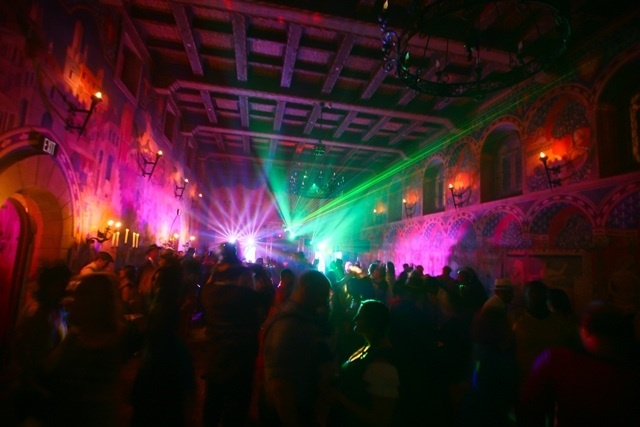
Our friends at VIBE did a fantastic job lighting the Castello for the Pagan Ball, and keeping the dance floor rocking all night long with DJ Danny Dell in the Great Hall! Check out their great video of the evening:
Our team worked tirelessly in the weeks leading up to the Pagan Ball putting together the scariest haunted cave maze we’ve had yet! Winding through the twists and turns of the underground levels of the Castello in the dark with frights around every corner, it was an experience to die for!
Our guests outdo themselves every year with their amazing costumes, and 2018 was no different! Check out a few of our favorites:
Want to join us at one of our upcoming Wine Club events? Click the link below to see what’s coming up next at the Castello! We hope to see you soon!
Night Harvest at the Castello

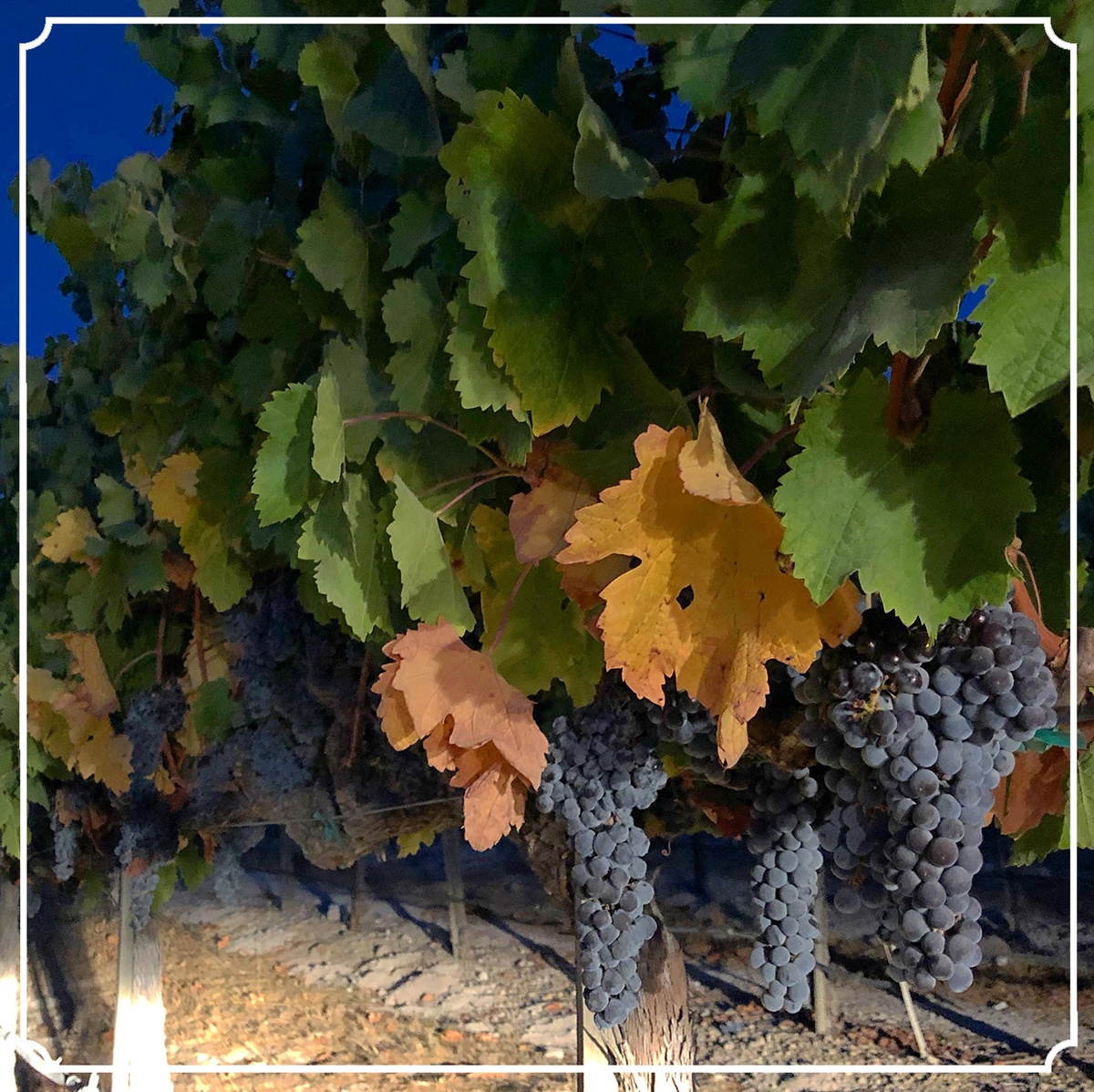
Night Harvest at the Castello
Castello di Amorosa sits in the hillsides of the Diamond Mountain District of Napa Valley, and is surrounded by 30 acres of vineyards planted to Cabernet Sauvignon, Sangiovese, Primitivo, and Merlot. These medium-to-full-bodied wine grapes are typically picked in the later half of the harvest season, and this year we are right on schedule with the start of the estate harvest, as this past Wednesday night we harvested our Block 5 Merlot. The first block of fruit to be harvested at the Castello this year, it sits along the entryway to the Castello, along the left hand side of our driveway as you come up the hill.
Harvesting fruit at night is an excellent way to preserve the acidity of the berries and ensure that they arrive on the crush pad in optimal condition. The berries are also much firmer at these temperatures, making it easier to sort and destem clusters on the crush pad.

Night harvesting also provides better working conditions for the vineyard teams who work tirelessly to hand pick each cluster, ensuring only the best reach the winery. Crews will often make several passes through the same vineyard over a period of days or weeks to ensure that each cluster reaches peak ripeness before being picked.
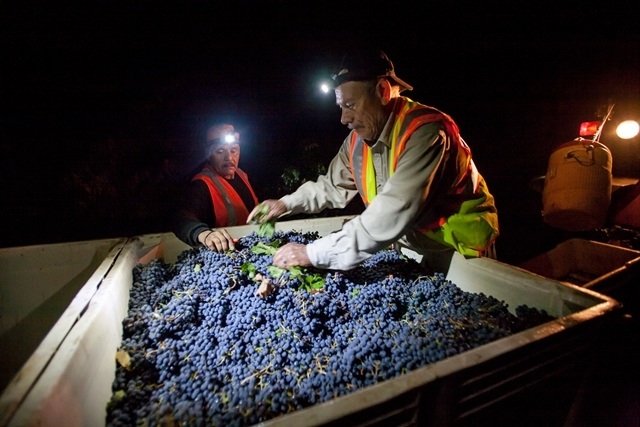
If you’re visiting Napa Valley this time of year, be sure to keep an eye out for bright lights in the vineyards after dark; these are signs of hardworking vineyard crews harvesting the beautiful fruit of the 2018 vintage.
Our First Cork Tree At The Castello

Our First Cork Tree at the Castello
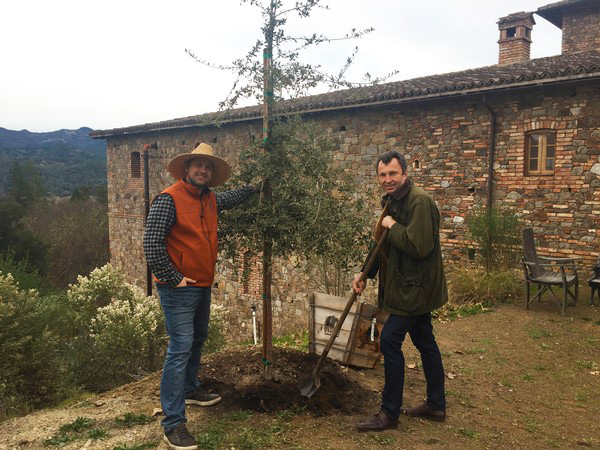
This January, Castello President Georg Salzner and Winemaker Peter Velleno planted our first cork tree. Native to southwestern Europe, the Quercus suber cork oak tree can grow up to 100 feet tall, and is sure to thrive in the Mediterranean climate we enjoy here in Napa Valley. Wine Corks are made from the bark of the cork tree, which needs to be stripped and peeled off by hand. Cork trees are typically harvested every seven years, and are a renewable resource since the tree is not cut down and only the outer layer of bark is removed. It takes a cork tree 25 years to reach maturity before its bark can be harvested, and we are looking forward to our first Castello cork harvest in 2042!
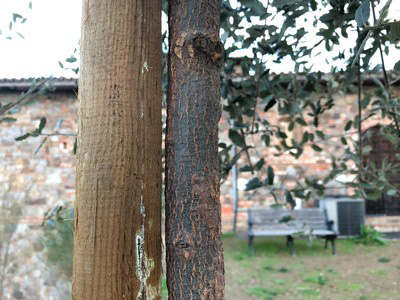
Red Wine Barrel Fermentation

How to Ferment Wine: Our Red Wine Oak Barrel Fermentation Process
During the Harvest season, there are always exciting things going on around the Castello, and today on the Crush Pad was no exception. Today, for the first time at the Castello, our winemaking team reserved a small lot of our Don Thomas Vineyard Cabernet Sauvignon for fermentation directly in French Oak Barrels.
Traditionally, the fermentation process takes place in stainless steel tanks, where the must (skins and seeds of the grapes) are cold-soaked with the juice before yeast is added. The cap, or layer of skins and seeds that get pushed to the top of the tanks from the activity taking place during fermentation, is broken up by either the punch-down or pump-over method, both of which ensure an even distribution of the color and flavors we wish to impart into our red wines. After five to eight days in these fermentation tanks, the juice is pressed from the skins and seeds and pumped into French Oak barrels for aging in the Castello’s extensive underground cave and cellar system.
What is barrel fermentation? Barrel fermentation means that the freshly destemmed grapes and their juices are pumped directly into French Oak barrels whose heads have been removed. Dry ice is added to cool the berries before the barrel heads are secured to seal in the must. The barrels are then laid on a rack that allows them to be rolled back and forth daily to ensure the cap stays moist and the oak is evenly introduced to the fermenting must and juice. Typically, two full barrels of must and juice will amount to one barrel of wine. The process of fermenting the juice in oak barrels helps to impart an added silkiness to the tannins and a rounder, more lush mouthfeel, especially to Bordeaux varietals. This extremely labor-intensive method of fermentation is typically reserved for only the most exclusive of wines, and the highly-acclaimed Cabernet Sauvignon from the Don Thomas Vineyard is an exceptional example of the quality of grapes deserving of such treatment.
The Don Thomas Cabernet Sauvinon clusters are conveyed into the berry sorter/ destemmer as a lucky tour group watches
The new French Oak barrels are filled directly from the destemmer
Our Cellar Supervisor, Chema, overseeing the juice and must being pumped into a special French Oak barrel that has a door in place to make filling and emptying easier
The deconstructed barrel waiting to be resealed with the juice and must inside
Dry ice is added to the must before the barrels are resealed to help cool off the berries
Resealing the barrel heads before they are sent into the cellars to begin the fermentation process
The barrels are stored in a special temperature-controlled room in the Castello’s cellars during the fermentation process.
